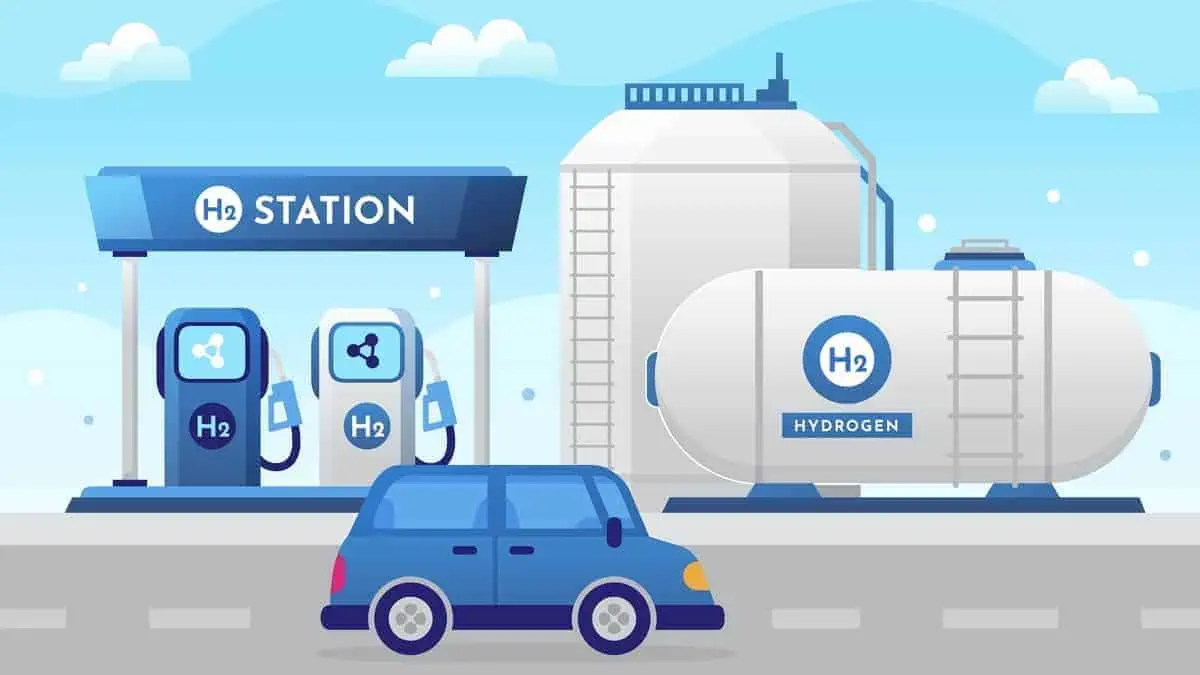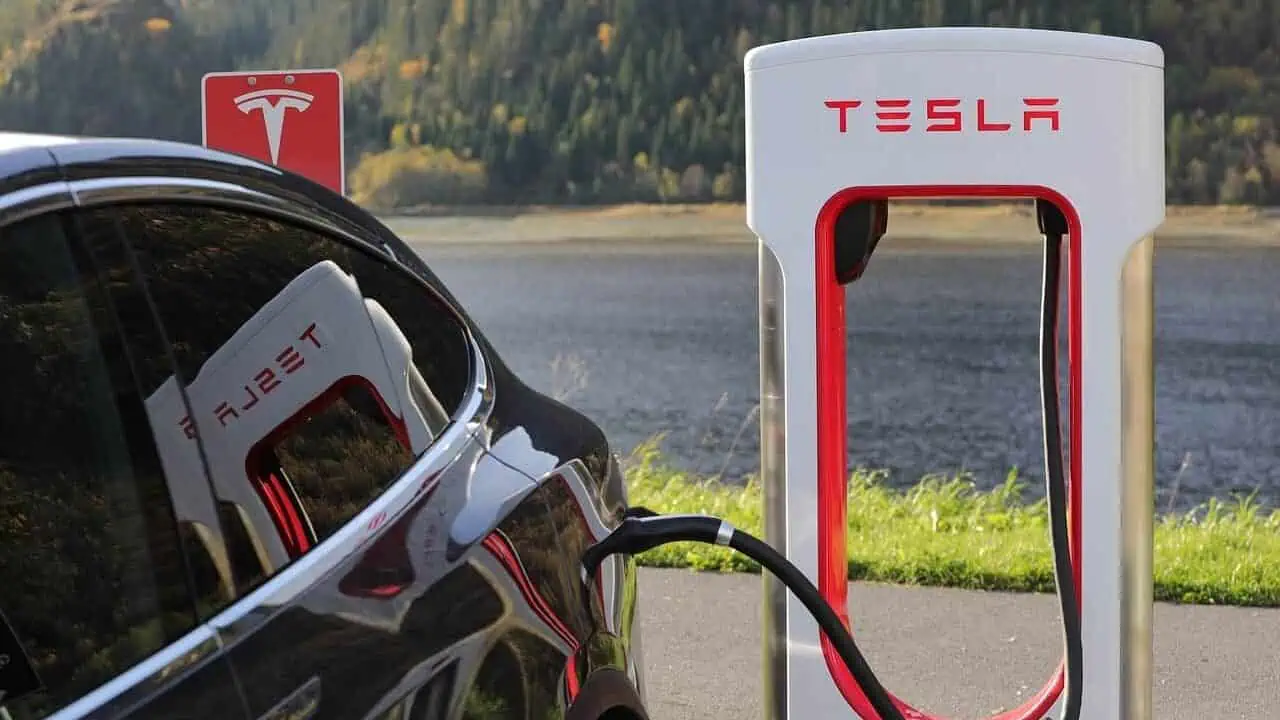Japanese legacy automaker Toyota officially introduced its new fuel cell hydrogen-powered Hilux prototype at its Burnaston factory in Derby, UK.
The move is part of the company’s “multi-pronged powertrain strategy for the future,” Car and Bike reported.
Toyota Hilux FCEV prototype details
The Hilux FCEV features the company’s Mirai technology. For those unaware, Mirai is also a hydrogen-fuelled sedan Toyota already produces and sells.
The prototype has a similar fuel cell stack to the Toyota Mirai under its bonnet. Its frame also sports a total of three high-pressure storage tanks. These tanks efficiently store hydrogen gas to support a driving range of roughly 590 kilometers (over 365 miles).
Toyota boasts that this driving range is “significantly further than might be achieved using a battery-electric system,” Auto Blog asserted.
In addition, the prototype also has a battery pack that keeps the excess energy generated by the fuel cell stack technology.
Toyota integrated the large battery pack at the rear’s load bay to avoid compromising its interior space. Then, it covered the load bay with a steel lid. Meanwhile, it equipped the drive unit at the vehicle’s rear axle.
The Japanese automaker claims that these technologies will enable the Hilux FCEV to only produce water vapor.
Project development
The development of the Toyota Hilux FCEV prototype is supported by the UK Government under the Advanced Propulsion Centre (APC).
Automotive World underlined that APC is a non-profit organization that promotes clean and new mobility technologies.
Toyota commenced the project as a mere feasibility study in July 2022 with its consortium partners, including the following:
- Ricardo
- ETL
- D2H Advanced Technologies
- Thatcham Research
- Additional support from Toyota Motor Corporation (TMC)
Meanwhile, the actual prototype development began in June 2023.
It must be noted that the Hilux is just the first of the company’s ten planned vehicles to analyze the capabilities and viability of a production model. The company aims to complete these prototypes by the end of this year.
According to the report, Toyota will leverage these models to accumulate drivetrain data by deploying them to durability tests globally.
Supporting companies
Engineering consulting firm Ricardo participated in the project development. It apparently helped Toyota in incorporating the fuel cell parts into the Hilux’s chassis.
Moreover, Ricardo also performed various tasks related to the design and development of the prototype. It has also been responsible for validating the production process aligning with TMUK members.
It will also start the full evaluation of the Hilux in the coming months before Toyota decides on the potential production model by the second half of the decade.
D2H Advance Technologies implemented the crucial evaluation for computational fluid dynamics (CFD). Meanwhile, Thatcham Research conducted the repairability validation for the prototype. It also developed an FCEV training suite for the repair industry.
See Also:
- Toyota, Pony.ai to mass produce electric robotaxis in China
- Top 5 facts about Toyota’s solid-state battery
- Toyota and Stellantis oppose Biden Administration’s proposed ambitious tailpipe emission limits
- Toyota introduces solid-state battery technology with a 745-mile range and 10-min charge time
- US: Toyota plug-in car sales grew 27% YoY to 11,458 units in Q2 2023
It is worth noting that Toyota previously introduced the all-electric Hilux concept car with a 220-mile driving range in March. The latest FCEV prototype of the model demonstrates its potential to transform into a clean energy version of the iconic Toyota model.






